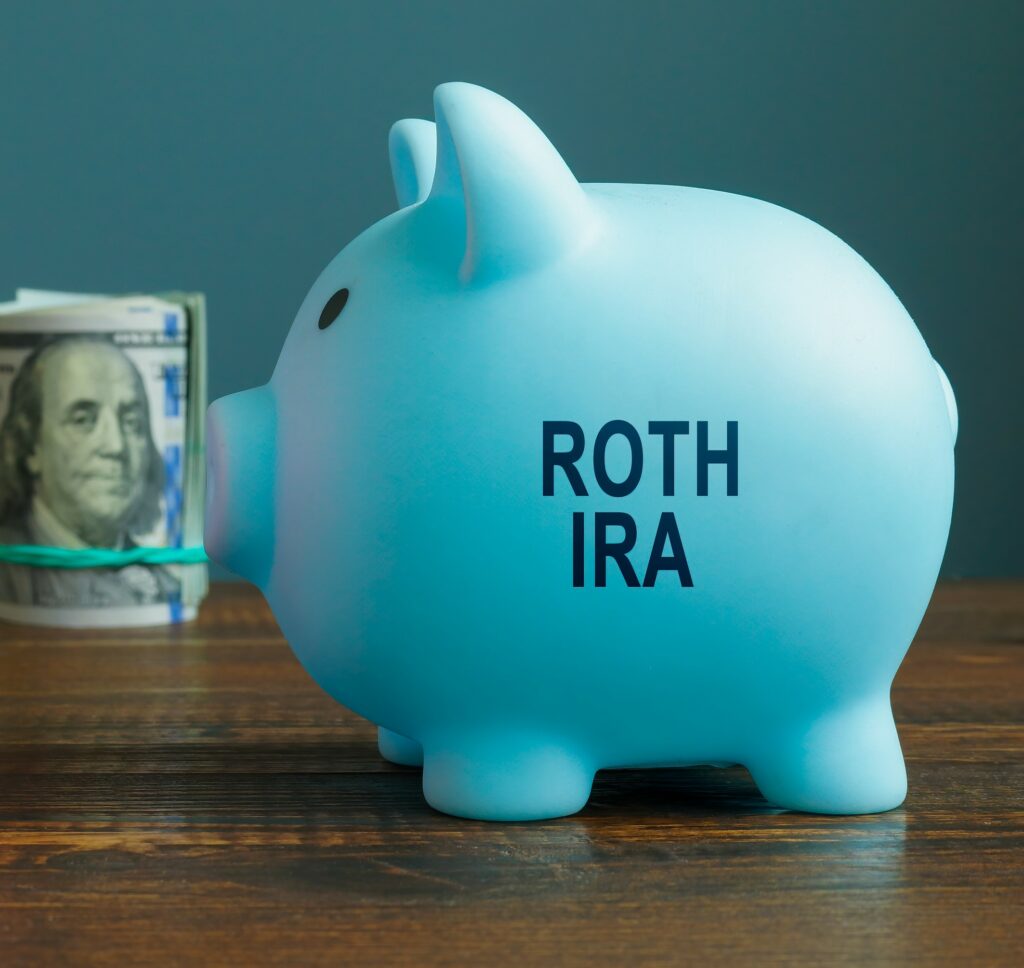Definition
A distribution from a Roth IRA that satisfies certain requirements, resulting in the distribution being tax-free and penalty free. Distributions that are non-qualified may be subject to income tax on amounts attributable to earnings ; the non-qualified distribution may also be subject to the 10-percent excise tax (penalty) unless an exception applies. A qualified distribution from a Roth IRA is defined as one that meets the following requirements:
1. It occurs at least five years after the Roth IRA owner contributed to his/her first Roth IRA, and
2. Meets one of the following requirements
1. Occurs on or after the IRA owner reaches age 59 ½
2. Occurs as a result of the Roth IRA owner is disabled (within the meaning or Internal Revenue Code Section 72(m)
3. Is distributed to the beneficiaries of the Roth IRA owner as a result of the Roth IRA owner being deceased.
4. Is used towards the purchase of a first-time home for the IRA owner or an eligible family member (limited to $10,000 for the IRA owner’s lifetime).
Referring Cite
IRC §408A (d)(2), IRC §408A(d)(5), IRS Publication 590
Additional Helpful Information
-
If an individual maintains multiple Roth IRAs, the five-year-period for determining if a distribution is qualified starts with the first Roth IRA to which the individual made a contribution or conversion.
-
For nonqualified distributions, the ordering rules must be applied for determine if, and how much of, the distribution is subject to taxes and/or the 10% early distribution penalty.
-
The five year period for determining if a distribution is qualified is separate from the five-year period that is used to determine if a Roth-conversion amount is subject to the early distribution penalty. The five year-period that is used to determine if a Roth-conversion amount is subject to the early distribution penalty applies separately to each conversion amount.
-
If an individual is eligible for a qualified distribution, he need not keep track of the five-year period for each conversion because that five-year period becomes moot as all distributions from any of his Roth IRAs will be tax and penalty free.


